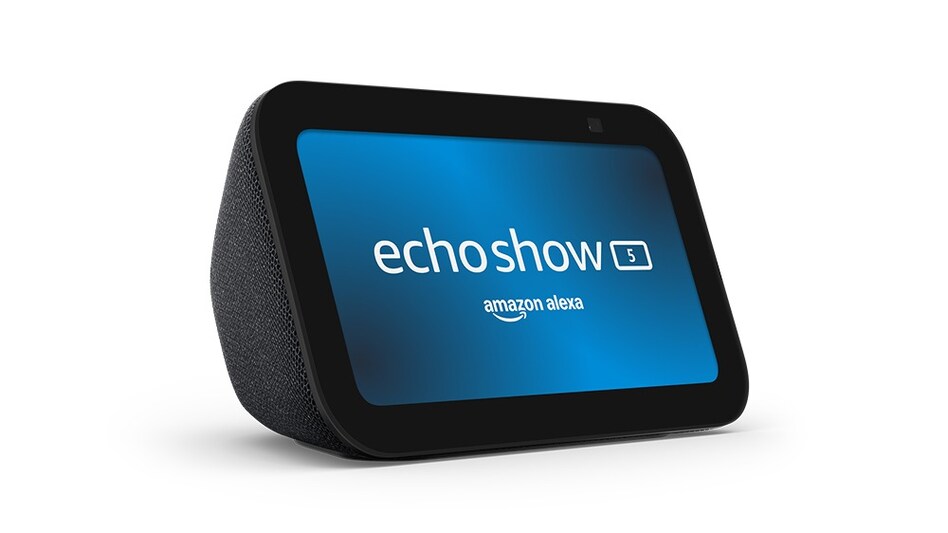
Google’s data center energy use doubled in 4 years
In a remarkable surge, Google’s data centers have witnessed a staggering increase in electricity consumption, more than doubling their usage within a span of just four years. According to Google’s latest sustainability report, released last week, the company's data centers consumed 30.8 million megawatt-hours of electricity in 2024, a significant jump from 14.4 million megawatt-hours recorded in 2020, the first year for which detailed data center figures were available. This dramatic rise in power demand is largely driven by the rapid expansion of Google’s data center operations, which accounted for an overwhelming 95.8% of the company’s total electricity usage last year. Despite being recognized for its efficiency efforts, as reflected in a company-wide Power Usage Effectiveness (PUE) rating of 1.09, Google's progress in improving energy efficiency has begun to plateau. The PUE has only improved marginally over the past decade. To address the escalating energy needs and uphold its commitment to sustainability, Google is heavily investing in a diverse array of renewable energy sources. The tech giant has turned to geothermal energy, nuclear power, and solar energy as part of its strategy. Recently, Google announced an investment in Commonwealth Fusion Systems, aiming to secure 200 megawatts from its upcoming Arc power plant, which is expected to be operational by the early 2030s. Additionally, the company has committed to purchasing 500 megawatts from Kairos Power, a startup focused on small modular nuclear reactors. While these nuclear initiatives won't yield immediate results, Google has proactively pursued renewable energy solutions. Earlier this year, the company procured 600 megawatts of solar capacity in South Carolina and another 700 megawatts in Oklahoma. Furthermore, Google is collaborating with Intersect Power and TPG Rise Climate to construct several gigawatts of carbon-free power plants, with an investment totaling $20 billion. Despite these efforts, Google acknowledges that achieving its ambitious goal of 100% carbon-free energy around the clock is a formidable challenge. Currently, around 66% of its global data center electricity consumption is matched with carbon-free sources on an hourly basis. However, discrepancies persist across regions: while Latin America boasts a 92% match, the Middle East and Africa lag significantly at just 5%. Michael Terrell, Google’s head of advanced energy, emphasized the necessity of developing stable energy technologies like fission and fusion to achieve their long-term sustainability goals. The company is keenly aware that the road to complete carbon-free energy is fraught with challenges, but remains committed to pursuing innovative solutions to overcome them.
Meta Revives Smartwatch Project with Innovative Camera Features Set for 2025 Launch
Meta Platforms is reigniting interest in its smartwatch project, which had been put on hold, with plans to unveil it as ...
Business Today | Jul 29, 2025, 05:45
Starlink to Serve Limited User Base in India Amid Regulatory Assurances
Elon Musk's satellite internet initiative, Starlink, has been designated to accommodate a maximum of 2 million users in ...
Business Today | Jul 29, 2025, 05:45
AI Triumphs Over CAPTCHA: A New Era for Online Security?
OpenAI's latest innovation, the ChatGPT Agent, has stirred controversy after successfully navigating one of the web's mo...
Business Today | Jul 29, 2025, 07:30
Amazon Unveils Enhanced Echo Show 5: A Smart Home Revolution
Amazon has launched the latest iteration of its Echo Show 5 smart display in India, now in its third generation. This up...
Business Today | Jul 29, 2025, 08:00
The Paradox of Big Tech: Layoffs Amidst a Hiring Surge
In a perplexing twist, major technology firms are engaged in a dual narrative of layoffs while simultaneously ramping up...
Business Insider | Jul 29, 2025, 09:05